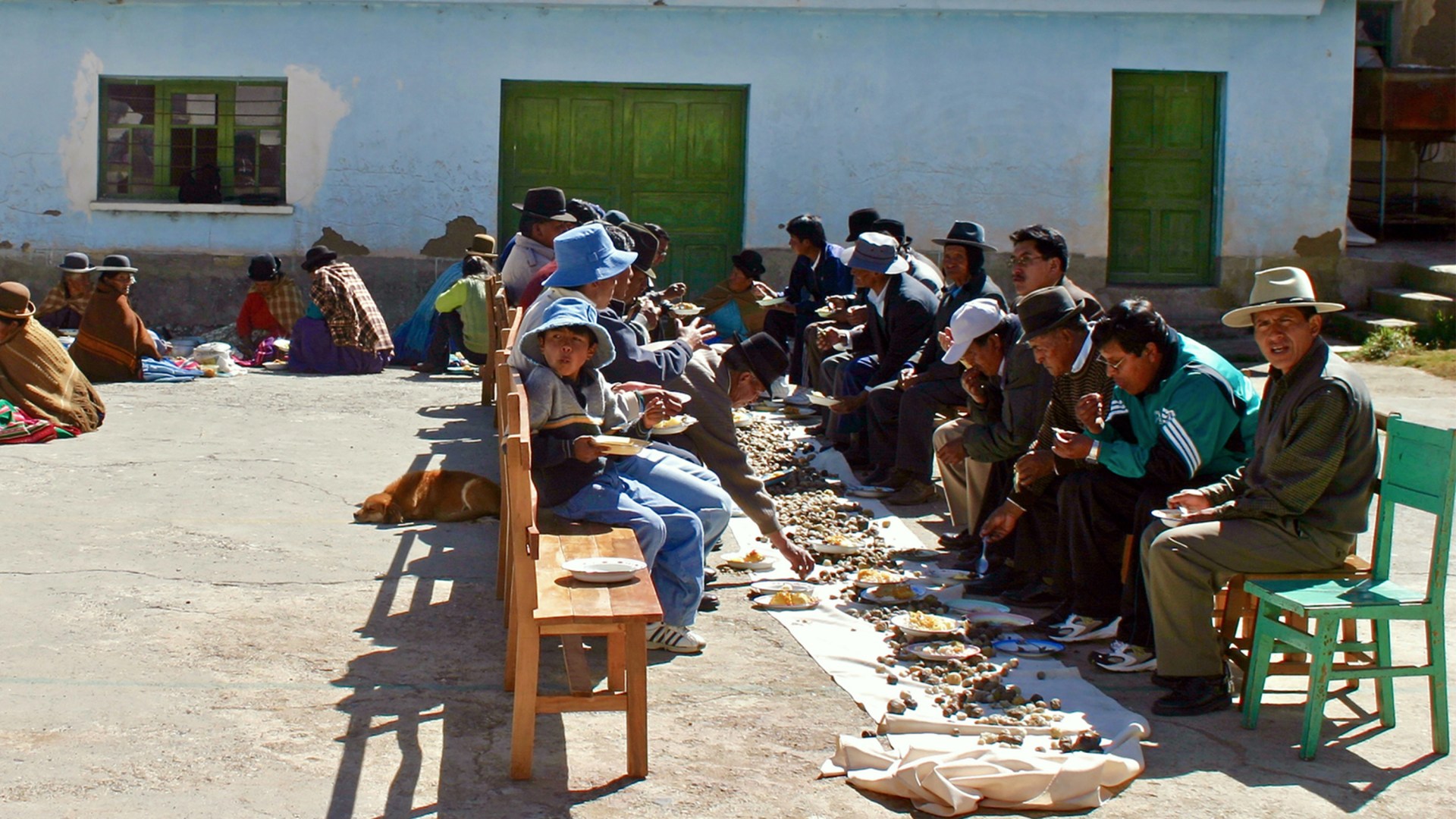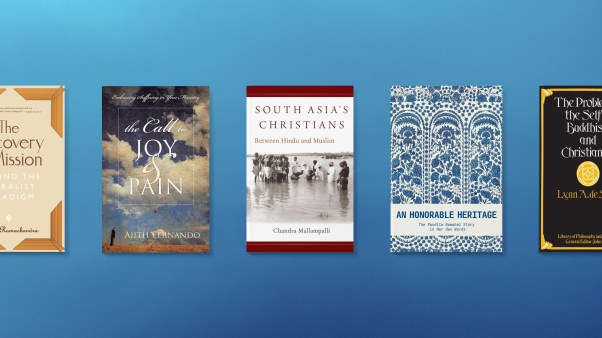In a gang-controlled neighborhood in El Salvador, there’s one place that even the most feared criminals don’t touch: a small Baptist church established by a local resident. It’s not because the building is fortified. It’s because the pastor is local. He understands the rhythms and rules of the streets. He speaks the language—and the pain—of his people.
Across the globe, from remote Amazonian villages to post-Soviet towns and refugee corridors, local believers are quietly leading some of the most impactful movements in global Christianity. They often go where foreign missionaries cannot and remain where outsiders would not last. Their effectiveness does not come from being sent. It comes from being rooted.
In the United States, an estimated 96 percent of church growth happens from people switching from one congregation to another rather than new believers joining the faith. But in much of the Global South, church growth usually begins with one local believer, one place to gather, and one hard-won relationship. It’s not a matter of marketing strategy; it’s often a matter of survival, transformation, and deep cultural connection.
The importance of indigenous leadership
Juan Romero, once a militant during Uruguay’s armed revolution of the 1970s, later encountered Jesus in a way that reshaped his entire life. Diagnosed with a degenerative disease and given 18 months to live, he instead found strength—both spiritual and physical—through his local church, Nuevo Comienzo. Still in a wheelchair five years later, he has only missed two Sunday services all year.
His decision has affected his whole family. His children now attend church with him. One of them enrolled in Bible school, exploring a call to enter into into ministry. His transformation has become a testimony to others in his community. Neighbors see not just a man changed but one of their own transformed. A former revolutionary turned pillar of the church speaks to them in a way no outsider ever could. That kind of credibility can only come from the inside.
When local leaders are equipped to plant churches not under tents pitched in fields for a season but in permanent buildings, by design, they become long-term centers of community impact, outreach, and discipleship, and places from which the faithful preaching of the gospel can take root and spread.
Why does this model work so powerfully across different cultures and conditions? In most cases, it can be traced to three realities.
1. Sustainability
Local leaders stay. They aren’t on rotation—they’re already home. Churches planted through foreign teams often rely on external support, and when that support ends, so can the ministry. Indigenous pastors, by contrast, tend to establish churches that endure long after funding fades.
In Colombia, for example, a church in Currulao recently planted a new congregation in a neighboring town—not through an international campaign launched by a global NGO but by believers within the region pooling their resources, building relationships, and simply responding to local need. Families are already attending this budding new church plant. The momentum is homegrown.
2. Cultural wisdom
Indigenous leaders instinctively know not just what to preach but how to preach it in a way that resonates. They possess a profound understanding of the customs, beliefs, and spiritual traditions of their own communities.
In El Salvador, small churches often function as safe havens and in high-risk areas are sometimes the only buildings untouched by gang violence. These exist only because leaders from those neighborhoods knew how to build trust and handle local risks.
Research by the Lausanne Movement confirms what these stories reveal: Local leadership is one of the most critical factors in church vitality across the Global South, especially in contexts where political or cultural hostility limits foreign engagement.
3. Cost-effectiveness
Training and equipping local leaders is far less expensive than deploying full-time missionaries abroad. This means every dollar stretches further, and more can go directly toward tangible discipleship needs—Bibles, training materials, meeting spaces—instead of travel or infrastructure.
The efficiency isn’t only financial. It also accelerates impact. Local leaders are there already; they don’t require visas or language and cultural immersion training. They are embedded from the start.
In Honduras, Milco’s journey from a party-loving teenager to a committed church leader demonstrates the power of an indigenous calling. Drawn away from his Baptist upbringing by music and nightlife, his eventual surrender to God wasn’t the result of foreign missionary work but a divine encounter that spoke to his own experience and context. Today, Milco pastors a church reaching young people chasing the same idols he once loved.
From local roots to global growth
Across cultures and continents, stories like Milco’s are becoming the norm. From East Africa to Southeast Asia, Christian growth is happening most rapidly not where the church is being imported but where it takes root in local soil.
According to Pew Research, by 2060, over 40 percent of the world’s Christians will live in sub-Saharan Africa alone. This shift must be supported by a strategy that prioritizes indigenous capacity rather than just external input.
In Acts, when Paul planted churches, he did not lead from afar. Instead, he appointed elders in each town for each church (Acts 14:23), knowing that these local leaders would shepherd their own communities. This pattern continues from Jerusalem to all Judea and Samaria and to the ends of the earth (Acts 1:8). Christ is faithful to build his church, and he so often does so through local witnesses, rooted in their own cultural soil, speaking in their own native tongue, and carrying the hope of the gospel to their own local streets—for the glory of God and the good of their neighbors.
The next era of global church growth won’t be driven by more missionaries being sent out but by local believers who already live among the people they’re called to reach. They don’t need cultural orientation or translation guides. But they need partnership, investment, and trust. Our responsibility is to steward kingdom resources wisely, and therefore our path is clear: Invest in indigenous partnerships. The call is not to send more but to equip better.
This will lead to stronger connections, more self-sustaining churches, deeper trust, and exponential reach.
Janice Rosser Allen serves as CEO and president of International Cooperating Ministries. She is the author of God in the Crossroads: Signs of Hope, highlighting stories of church growth around the world.









